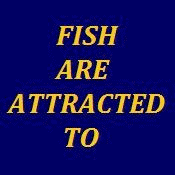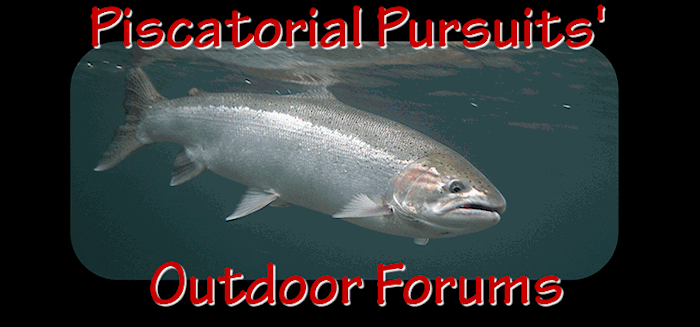Gill Popper - Unless you use the scientific names occasionally most people don't know. In light of the ESA listing it is worthwhile to know because most NOOA fisheries documents will refer to steelhead salmon and it is likely that they will be included in the Puget Sound chinook recovery plan.
The naming story is interesting, Robert Behnke in his book "Trout and Salmon of North America" gives a good history of the naming process. Briefly, the genus Salmo are salmonids of the north Atlantic and Oncorhynchus are the salmonids of the north Pacific. George Steller in the early 1700's recorded the common names used by the Koryak people of Kamchatka for Pacific salmon and rainbow trout. He used phonetic translations from the Koryak language to German. The German was later translated to Russian, then English, then french, and then to Latin. You can see why the scientific names of chinook and coho are difficult to pronounce. The Russian name for steelhead was salmo mykiss so when the name was changed to reflect that they are part of the Pacific population they became oncorhynchus mykiss. What is even more interesting many Russian scientists don't agree with the name change. They think salmo mykiss is better because the life history of steelhead is like that of the Atlantic and not the Pacific salmon.
There may be some use in recognizing the similarity of steelhead and atlantic salmon, which have been ESA listed for several years. Atlantic salmon recovery has been going on for some time, at a high cost and a lot of effort. There has been some success, but not a lot. It might be worthwhile to examine what has worked and what didn't to gain an understanding of what might work here.













 Previous Topic
Previous Topic Index
Index



